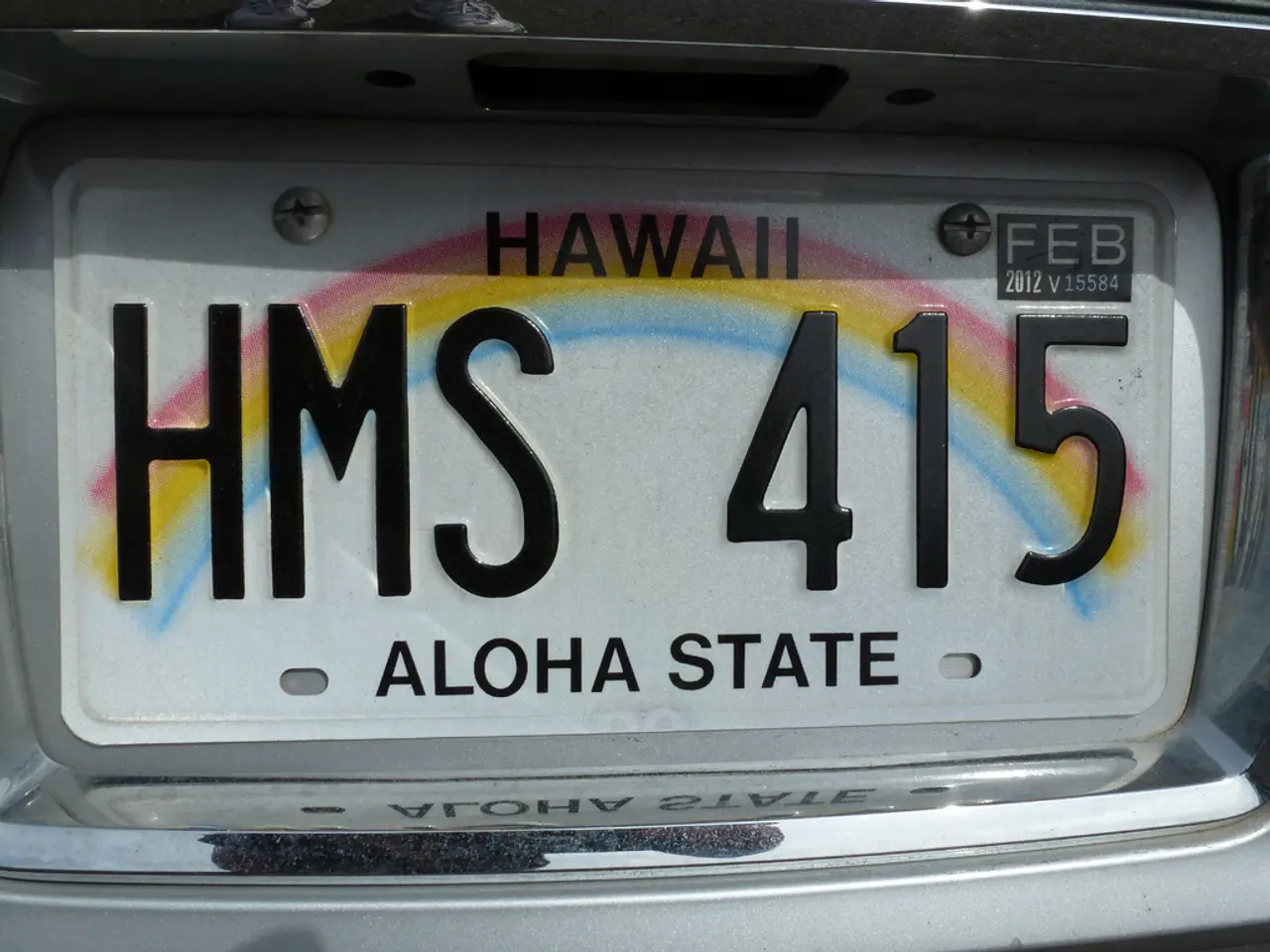The Voyage of the Hōkūle'a and the Hawaiian Cultural Revival
In the heart of the Pacific, the Hōkūleʻa, a Polynesian double-hulled voyaging canoe, stands as a monument of Hawaiian history. Launched in 1975 by the Polynesian Voyaging Society, this historically accurate replica has played a pivotal role in reviving traditional Polynesian navigation methods and preserving Hawaiian cultural pride [1].
The Hōkūleʻa's most famous achievement was a 1976 voyage from Hawaiʻi to Tahiti, navigated using only traditional, non-instrument techniques such as wayfinding by stars, ocean swells, and wildlife. This journey demonstrated the sophistication of ancient Polynesian seafaring, challenging the popular theories of the time [1].
Over the years, the Hōkūleʻa's voyages have served as a bridge, reconnecting modern Hawaiians and other Pacific Islanders with their ancestral heritage. Through practicing and teaching ancient wayfinding across vast ocean distances, the canoe and its crews have fostered a sense of unity and pride among the Polynesian voyaging families [2][4][5].
Currently, the Hōkūleʻa is embarking on a multi-year journey around the Pacific, celebrating and linking indigenous navigation and cultural practices across Oceania [2][4][5]. This ongoing journey symbolizes resilience, identity, and the revival of indigenous knowledge systems, inspiring new generations to relearn and perpetuate wayfinding skills that were nearly lost following Western contact [3].
The Hōkūleʻa is not just a vessel of the past; it is constantly evolving to honor traditions of the past while incorporating modern technology. For instance, Chris Blake, a teacher of ancestral navigation, supervised a group visiting the Hōkūleʻa, emphasizing the importance of removing watches during long voyages to enhance the crew's reliance on natural navigation [1].
Lucy Lee, a 23-year-old navigator, is one of the students learning traditional Hawaiian navigation under the tutelage of Nainoa Thompson. Her education involves both mathematical calculations and a refinement of instincts, as she learns to observe new things in nature [1].
The Hōkūleʻa recently made a trip to Lahaina to mark the first anniversary of fires, serving as a poignant reminder of the canoe's cultural significance [1]. Anela Hokoana, another student, mentioned that growing up in Hawaii, she had often seen the Hōkūleʻa on TV and the internet, sparking her interest in traditional navigation [1].
The rebirth of traditional navigation in Hawaii offers the opportunity to create a more sustainable way of life, connecting people with the natural world and fostering a deeper understanding of their environment [3]. The Hōkūleʻa's navigation methods involve stargazing, reading the waves, and observing birds, promoting a personal relationship with nature that is central to ocean navigation [1].
The Hōkūleʻa was designed to resemble ancient Polynesian outriggers, with a double hull, and was led by Herb Kawainui Kane, an artist, and Ben Finney, a California anthropologist, in the 1970s [1]. Mau Piailug, a navigator from the island of Satawal in Micronesia, was recruited by the Hōkūleʻa team in the 1970s to guide the ship using traditional methods, further solidifying its role in preserving and promoting Polynesian culture [1].
As the Hōkūleʻa rests on the muddy waters of Sand Island in Honolulu, it serves as a testament to the resilience and ingenuity of the Hawaiian people. The canoe's ongoing journeys and events serve both as practical demonstrations of these techniques and as cultural exchanges uniting Polynesian voyaging families across the Pacific [1][5]. The Hōkūleʻa continues to inspire and educate, bridging the gap between the past and the present, and reminding us all of the importance of preserving our cultural heritage.
References:
[1] "Hōkūleʻa." Polynesian Voyaging Society. https://www.hokulea.com/
[2] "Hōkūleʻa Voyage." Polynesian Voyaging Society. https://www.hokulea.com/voyage/
[3] "Hōkūleʻa: Navigating the Future." National Geographic. https://www.nationalgeographic.org/article/hokulea-navigating-future/
[4] "Hōkūleʻa: A Voyage of Rediscovery." Smithsonian Institution. https://www.si.edu/exhibitions/hokulea-voyage-rediscovery
[5] "Hōkūleʻa: A Pacific Voyage." University of Hawaiʻi at Mānoa. https://manoa.hawaii.edu/hokulea/
The Hōkūleʻa's voyage around the Pacific is a testament to the revival of indigenous knowledge systems, linking education and self-development through cultural travel, as new generations learn traditional navigation methods. This journey fosters personal growth by reconnecting individuals with their ancestral heritage and fostering a deeper understanding of nature. The Hōkūleʻa, despite incorporating modern technology, continually evolves to honor traditional Polynesian wayfinding practices, thus serving as a monument of cultural preservation and a symbol of resilience.




